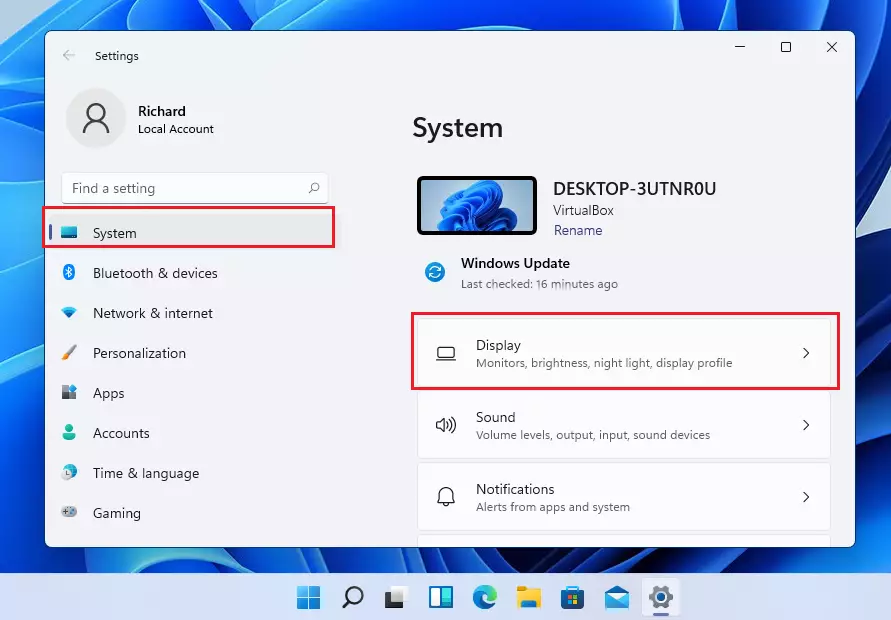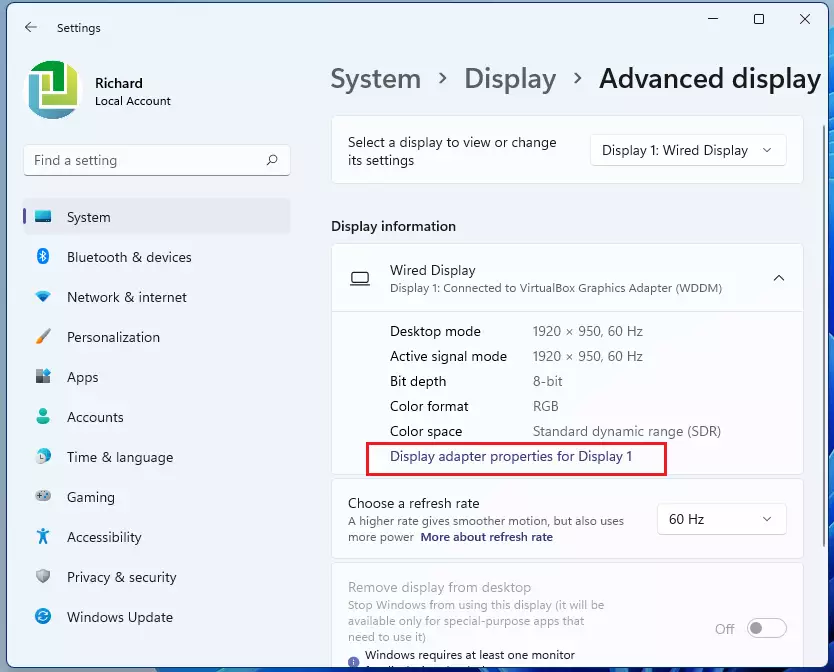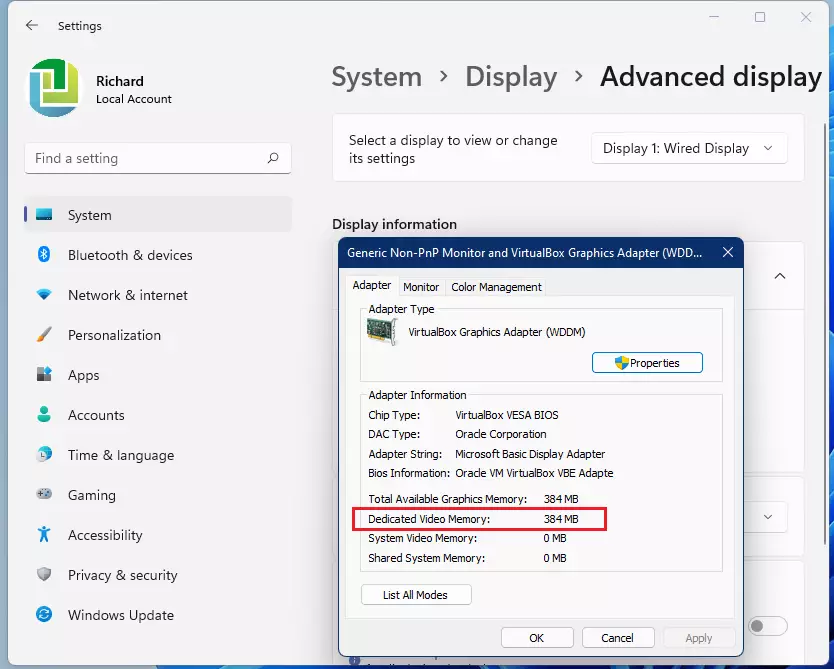This article explains how to check and view their System’s video RAM or VRAM in Windows 11.
Video RAM is a random-access memory (RAM) specifically dedicated to processing graphics-related tasks. It stores images and graphic data for your computer’s graphics processing unit (GPU).
vRAM helps speed up your computer’s graphic processes and tasks since the video RAM is next to the GPU and holds information that the GPU needs to process quickly, including game textures, lighting effects, and more.
Instead of the GPU going to the main systems’ RAM to process tasks, vRAM is used to process these tasks quickly and efficiently.
Suppose you run into issues frequently when playing graphic-intensive games or experience your PC running slowly when performing specific video editing tasks. In that case, you may have checked your System’s vRAM to see if there’s enough for your System to run smoothly.
How to find your System’s vRAM in Windows 11
As mentioned above, knowing your System’s vRAM can help you understand why certain graphics-intensive games are performing poorly or why your System can not smoothly edit videos.
Knowing how much vRAM is available can also help you decide whether to upgrade or add more RAM to your GPU to help speed up processing tasks.
Below is how to determine your System’s available vRAM in Windows 11.
Windows 11 has a centralized location for the majority of its settings. As a result, everything can be done, from system configurations to creating new users and updating Windows from its System Settings pane.
To get to System Settings, you can use the Windows key + I shortcut or click on Start ==> Settings, as shown in the image below:

Alternatively, you can use the search box on the taskbar and search for Settings. Then select to open it.
In Windows Settings, click System, then select Display tile on the right pane of your screen, as shown in the image below.

On the Display settings pane, under Related settings, select Advanced Display, as highlighted below.

On the Advanced display settings pane, under Display information, expand the tile for each adapter. If your System has multiple display adapters, select Display adapter properties for Display x.

You’ll find your System’s available Dedicated Video Memory on the pop-up window under Adapter Information.

Under Adapter Type, you’ll see the name of your System’s adapter vendor, typically Nvidia or AMD graphics card, depending on what device you have.
If you see something else, you’re likely using integrated graphics.
How to increase video RAM on Windows 11
There’s a way for some systems to increase the available vRAM in the System’s BIOS. However, if you’re using integrated graphics, your best option will be to purchase an advanced or premium GPU with more dedicated VRAM.
If your system has an advanced GPU and can add more memory to its vRAM from its BIOS, then enter BIOS and look for an option in the menu for Advanced Features, Advanced Chipset Features, or something similar.
Under the menu option, look for Graphics Settings, Video Settings, or VGA Share Memory Size. You should be able to increase the System’s dedicated video memory size there.
That should do it!
Conclusion:
- Knowing the amount of video RAM (vRAM) is crucial for optimizing performance in graphics-intensive applications.
- Regularly checking your vRAM can help diagnose issues related to gaming and video editing tasks.
- Upgrading your graphics card may be necessary if your current vRAM is insufficient for your needs.
- Accessing system settings to view vRAM is straightforward in Windows 11, making it easy for users to stay informed about their hardware capabilities.
- Consider BIOS adjustments for systems with dedicated GPUs to potentially increase available vRAM.

Leave a Reply